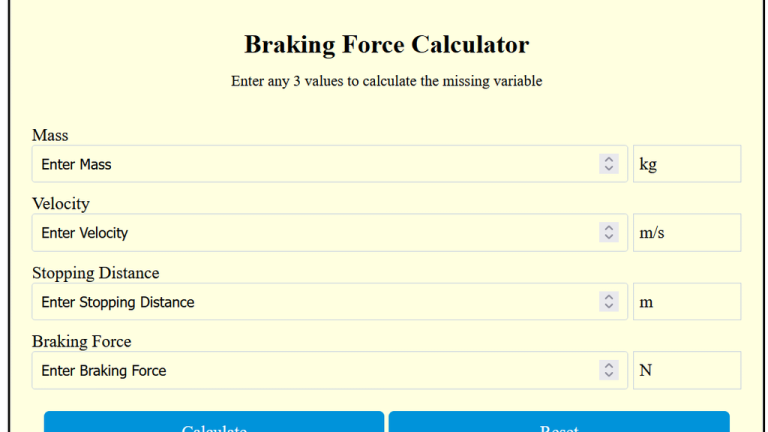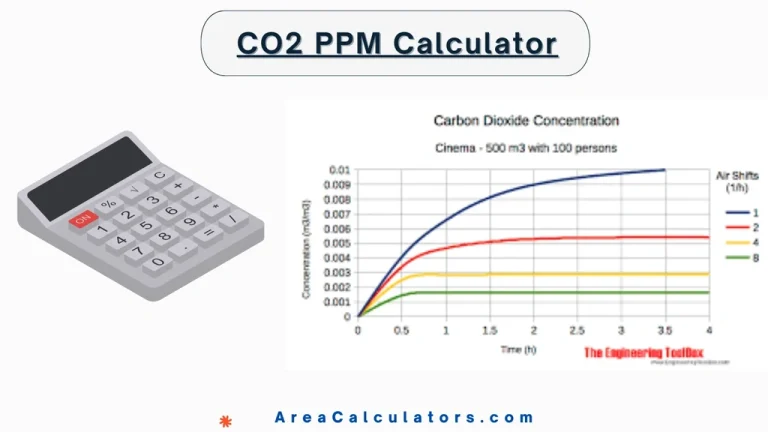Elastic Collision Calculator
In an elastic collision, use the masses and initial velocities of two objects to determine their final velocities.
The Elastic Collision Calculator calculates the final velocities of two objects after a collision, assuming no kinetic energy is lost. Elastic collisions are commonly analyzed in physics to study momentum and energy conservation.
Formula
For two objects with masses and and initial velocities and :
Momentum Conservation:
Final Velocities:
-
-
| Variable | Description |
|---|---|
| | Mass of object 1 |
| | Mass of object 2 |
| | Initial velocity of object 1 |
| | Initial velocity of object 2 |
| | Final velocity of object 1 |
| | Final velocity of object 2 |
Solved Calculations
Example 1:
| Step | Calculation |
|---|---|
| Mass of Object 1 (m1) | 2 kg |
| Mass of Object 2 (m2) | 3 kg |
| Initial Velocity of Object 1 | 5 m/s |
| Initial Velocity of Object 2 | -2 m/s |
| Final Velocity (vf1) | |
| Result | -0.2 m/s |
| Final Velocity (vf2) | |
| Result | 4.8 m/s |
Answer: After the collision, object 1 has a final velocity of -0.2 m/s and object 2 has a final velocity of 4.8 m/s.
Example 2:
| Step | Calculation |
|---|---|
| Mass of Object 1 (m1) | 7 kg |
| Mass of Object 2 (m2) | 2 kg |
| Initial Velocity of Object 1 () | 12 m/s |
| Initial Velocity of Object 2 () | 0 m/s |
| Final Velocity of Object 2 () | |
| Result | 18.67 m/s |
Answer: After the collision, the final velocity of Object 2 is 18.67 m/s.
What is an Elastic Collision Calculator?
The Elastic Collision Calculator is a perfectly handy tool. You can go for it if you need to calculate the outcome of collisions where no energy is lost, ensuring both momentum and kinetic energy remain constant.
Broadly speaking, this calculator is extensively used in physics and engineering. In these fields, this tool favors in predicting post-collision velocities for two objects after they interact, as seen in ideal gas molecules or other theoretical scenarios.
While using this calculator, input the masses and initial velocities of each object involved in the collision. With these values, the calculator briefly provides the resulting velocities, making it easier to analyze motion in scenarios where energy conservation is essential.
This tool is excellent for educational settings or practical applications involving collision dynamics, giving clear insights without complex calculations.
Final Words:
For the last part, the Elastic Collision Calculator offers a straightforward solution for analyzing collision outcomes, helping users understand and predict results in scenarios where energy conservation is crucial.



